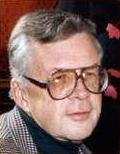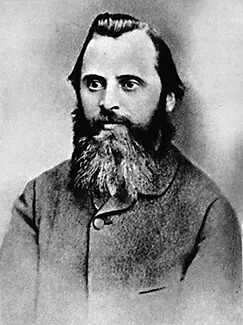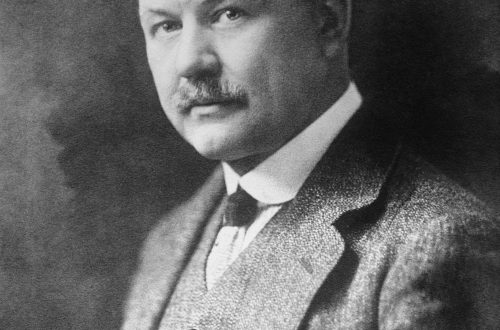
Andrey Pavlovich Petrov |
Andrey Petrov
A. Petrov is one of the composers whose creative life began in the post-war years. In 1954 he graduated from the Leningrad State Conservatory in the class of Professor O. Evlakhov. Since then, his many-sided and fruitful musical and musical-social activities have been counting down. The personality of Petrov, a composer and a person, determines his responsiveness, attention to the work of his fellow craftsmen and their daily needs. At the same time, due to his natural sociability, Petrov feels at ease in any audience, including non-professional ones, with whom he easily finds a common language. And such contact stems from the fundamental nature of his artistic talent – he is one of the few masters who combine work in a serious musical theater and in the concert and philharmonic genres with successful work in the field of mass genres, designed for an audience of millions. His songs “And I’m walking, walking around Moscow”, “Blue Cities” and many other melodies composed by him gained wide popularity. Petrov, as a composer, took part in the creation of such wonderful films as “Beware of the Car”, “Old, Old Tale”, “Attention, Turtle!”, “Taming the Fire”, “White Bim Black Ear”, “Office Romance”, “Autumn marathon”, “Garage”, “Station for two”, etc. Persistent and persistent work in the cinema contributed to the development of the intonational structure of our time, the song styles that exist among young people. And this in its own way was reflected in the work of Petrov in other genres, where the breath of a lively, “sociable” intonation is palpable.
The musical theater became the main sphere of application of Petrov’s creative forces. Already his first ballet The Shore of Hope (libre by Y. Slonimsky, 1959) attracted the attention of the Soviet musical community. But the ballet Creation of the World (1970), based on the satirical drawings of the French cartoonist Jean Effel, won particular popularity. The librettists and directors of this witty performance, V. Vasilev and N. Kasatkina, became for a long time the main collaborators of the composer in a number of his works for the musical theater, for example, in the music for the play “We want to dance” (“To the rhythm of the heart”) with text by V. Konstantinov and B. Racera (1967).
The most significant work of Petrov was a kind of trilogy, including 3 stage compositions related to key, turning points in Russian history. The opera Peter the Great (1975) belongs to the opera-oratorio genre, in which the principle of fresco composition is applied. It is no coincidence that it was based on a previously created vocal and symphonic composition – the frescoes “Peter the Great” for soloists, choir and orchestra on the original texts of historical documents and old folk songs (1972).
Unlike his predecessor M. Mussorgsky, who turned to the events of the same era in the opera Khovanshchina, the Soviet composer was attracted by the grandiose and contradictory figure of the reformer of Russia – the greatness of the cause of the creator of the new Russian statehood is emphasized and at the same time those barbaric methods by which he achieved his goals.
The second link of the trilogy is the vocal-choreographic symphony “Pushkin” for a reader, soloist, choir and symphony orchestra (1979). In this synthetic work, the choreographic component plays a leading role – the main action is presented by ballet dancers, and the recited text and vocal sounds explain and comment on what is happening. The same technique of reflecting the era through the perception of an outstanding artist was also used in the opera extravaganza Mayakovsky Begins (1983). The formation of the poet of the revolution is also revealed in the comparison of scenes where he appears in alliance with friends and like-minded people, in confrontation with opponents, in dialogues-duels with literary heroes. “Mayakovsky Begins” by Petrov reflects the modern search for a new synthesis of arts on the stage.
Petrov also showed himself in various genres of concert and philharmonic music. Among his works are symphonic poems (the most significant Poem for organ, strings, four trumpets, two pianos and percussion, dedicated to the memory of those killed during the Siege of Leningrad – 1966), Concerto for violin and orchestra (1980), chamber vocal and choral works.
Among the works of the 80s. the most notable is the Fantastic Symphony (1985), inspired by the images of M. Bulgakov’s novel The Master and Margarita. In this work, the characteristic features of Petrov’s creative talent were concentrated – the theatrical and plastic nature of his music, that spirit of live acting, which stimulates the activity of the listener’s imagination. The composer is faithful to the desire to connect the incompatible, to combine the seemingly inconsistent, to achieve a synthesis of musical and non-musical principles.
M. Tarakanov





